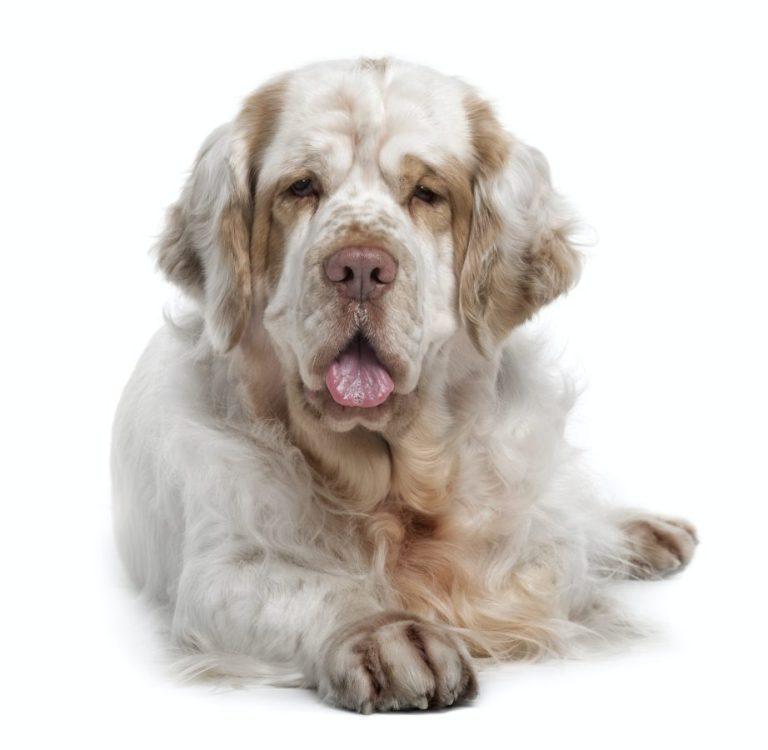Pyrenean Shepherd An Energetic Herding Dog
 The Pyrenean Shepherd (or Sheepdog), “Pyr Shep,” is an energetic herding dog that hails from the Pyrenees mountains in southern France and northern Spain. How the [wiki]Pyrenees [/wiki]mountains got their name is (maybe) rooted in Greek mythology.
The Pyrenean Shepherd (or Sheepdog), “Pyr Shep,” is an energetic herding dog that hails from the Pyrenees mountains in southern France and northern Spain. How the [wiki]Pyrenees [/wiki]mountains got their name is (maybe) rooted in Greek mythology.
The Pyrenees is a mountain range that divides France from Spain. From its intersection with the Cantabrian Mountains to Cap de Creus on the Mediterranean coast, it stretches almost 310 miles. The tallest mountain in the Pyrenees is Aneto, elevation of 11,168 feet.
In Greek mythology, Pyrene was a princess who gave her name to the Pyrenees mountains when [wiki]Hercules[/wiki] buried her there.
Temperament
Herding dogs like the Pyrenean Shepherd are intelligent and energetic. It is excellent for other work or competitive sports such as obedience and agility when not herding sheep.
History
Pyrenean Shepherds descended from ancient herding dogs used by shepherds of the Pyrenees for who knows how long. It worked with another AKC-recognized herding dog breed from this area, the Great Pyrenees.

These two breeds work together very well together. The much larger (85 to 160 pounds) Great Pyrenees (Pyr) would protect the flock from predators such as wolves, while the smaller (15 to 30 pounds) Pyrenean Shepherd (Pyr Shep) would herd the flock.
Together they can control a large flock of sheep. These two Pyrenean Sheepdogs can control flocks of up to 1,00 sheep.
The breed became well known outside the Pyrennes thanks to its contributions in World War I. For the cause, hundreds or even thousands of Pyrenean Shepherds devoted their lives. They served as messengers, search and rescue dogs for wounded troops after conflicts, and companions for guards as they made their rounds.
In the nineteenth century, some Pyr Sheps accompanied the flocks of sheep imported from the Pyrenees Mountains. Among these dogs were Smooth-Faced blue merles, which played a key role in the development of the Australian Shepherd breed.
What Do Pyrenean Shepherds Look Like?
Pyrenean Shepherds come in two coat varieties and are rough or smooth-faced. The AKC recognizes both types, but the Kennel Club (UK) does not yet recognize the smooth-faced. They are small to medium, ranging from about 15 to 20 inches tall at the withers and weighing between 15 and 30 pounds.
The Pyr Shepherd’s coat can have several colors: black, brindle, gray, white, fawn, and merle. They have a ragged appearance owing to their double coat, a softer undercoat, and a harsher outer coat. They shed quite a lot and should be brushed at least weekly.
The breed is selected primarily for working ability and not appearance, as evidenced by the diversity in coat types, which offer good protection from adverse weather, especially in the long-haired variant.
The Pyrenean Sheepdog’s ears and tail were traditionally docked. However, this practice is no longer widespread because many nations prohibit this procedure.
As Family Pets
The Pyrenean Shepherd is a good family dog who becomes attached to every family member. They are good with children that they have grown up with. Pyrenean will follow you everywhere and try to help you do any chores you are working on.
The Pyrenean Sheepdog is a very energetic breed, sometimes called a “ball of fire,” very clever, quick-witted, mischievous, and full of nervous energy. Like many sheepdog breeds, the Pyrenean Sheepdog is somewhat apprehensive of strangers, though the smooth-faced variation is reported to be less so.
They are relatively small dogs weighing 15 to 30 pounds. It has an above-average life span and can live to the late teens. When choosing a family pet, you should consider the Pyrenean Shepherd, an energetic herding dog. You could compare it to the Border Collie.
Popularity
Pyrenean Shepherds are not yet a prevalent breed in the United States. It ranks 181 out of the 197 breeds recognized by the AKC. The Pyrenean Shepherd was recognized as a breed by the AKC in 2009.
Health Concerns
Although the Pyr Shep is robust and long-lived (17-19 years), genetic flaws exist in all breeds. Hip dysplasia, patellar subluxation, patent ductus arteriosus (PDA), epilepsy, and a few eye problems, such as choroidal hypoplasia (CH) and progressive retinal atrophy, are reported to occur infrequently in this breed (PRA).
Breeders should have all puppies’ eyes tested by a boarded ACVO Ophthalmologist before they go to their new homes and perform screenings on the sire and dam of a litter. Puppies should have their eyes checked between seven and ten weeks of age because this may be the greatest time to spot some breed-specific eye anomalies that might not manifest themselves later in life.
For more Pyrenean Shepherd information:
The Pyrenean Shepherd Club of America is the AKC parent club for this breed.






